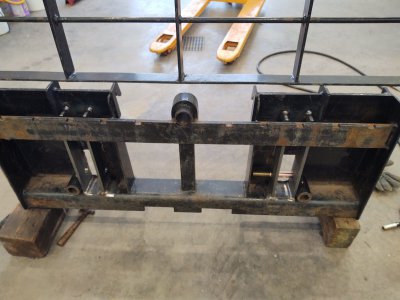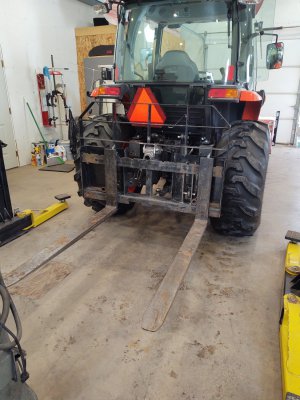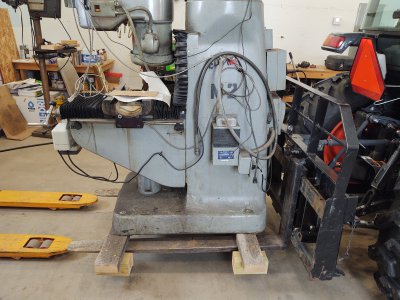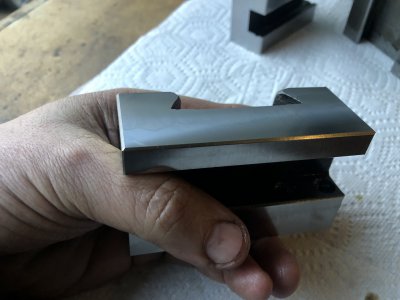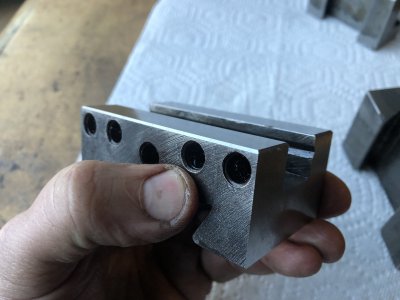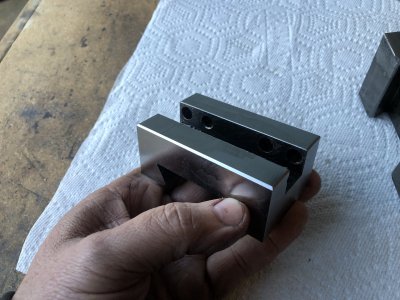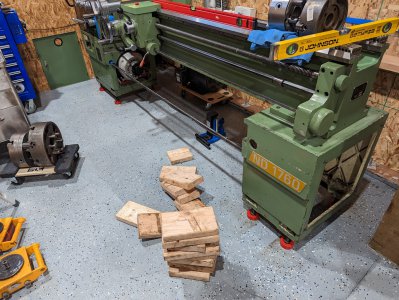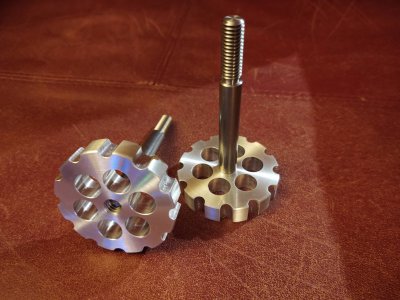- Joined
- Dec 20, 2021
- Messages
- 881
It takes a lot of power to mark or cut metal. The run of the mill blue laser heads aren't going to get there.
I've run a couple of 1064nm (not um) spot welding lasers. These come with a microscope head with cross-hairs in them. Have welded copper, inconol, steel, and other somewhat exotic metals with them. But the peak power is stupid high. You crank it up high enough and turn the spot size down (.5mm dia) you can punch a hole through a 3/16 allen wrench in two or three hits. Just blows right through.
There is/was a crazy russian guy making Diode pumped (DPSS) NdYAG laser heads for CNC machines. I almost bought one, but the war in Ukraine happened, and that fell through. The average output power of that was 10W, but peak power 50KW. You could cut 1mm or 2mm copper, brass, stainless etc. You could also mark stainless. The safety aspect of running a long focal length 50KW+ laser in the home shop was enough of a concern that I'm sort of relieved it fell through. It would have been nice to be able to laser cut thin sheet metal at home...
I've run a couple of 1064nm (not um) spot welding lasers. These come with a microscope head with cross-hairs in them. Have welded copper, inconol, steel, and other somewhat exotic metals with them. But the peak power is stupid high. You crank it up high enough and turn the spot size down (.5mm dia) you can punch a hole through a 3/16 allen wrench in two or three hits. Just blows right through.
There is/was a crazy russian guy making Diode pumped (DPSS) NdYAG laser heads for CNC machines. I almost bought one, but the war in Ukraine happened, and that fell through. The average output power of that was 10W, but peak power 50KW. You could cut 1mm or 2mm copper, brass, stainless etc. You could also mark stainless. The safety aspect of running a long focal length 50KW+ laser in the home shop was enough of a concern that I'm sort of relieved it fell through. It would have been nice to be able to laser cut thin sheet metal at home...


